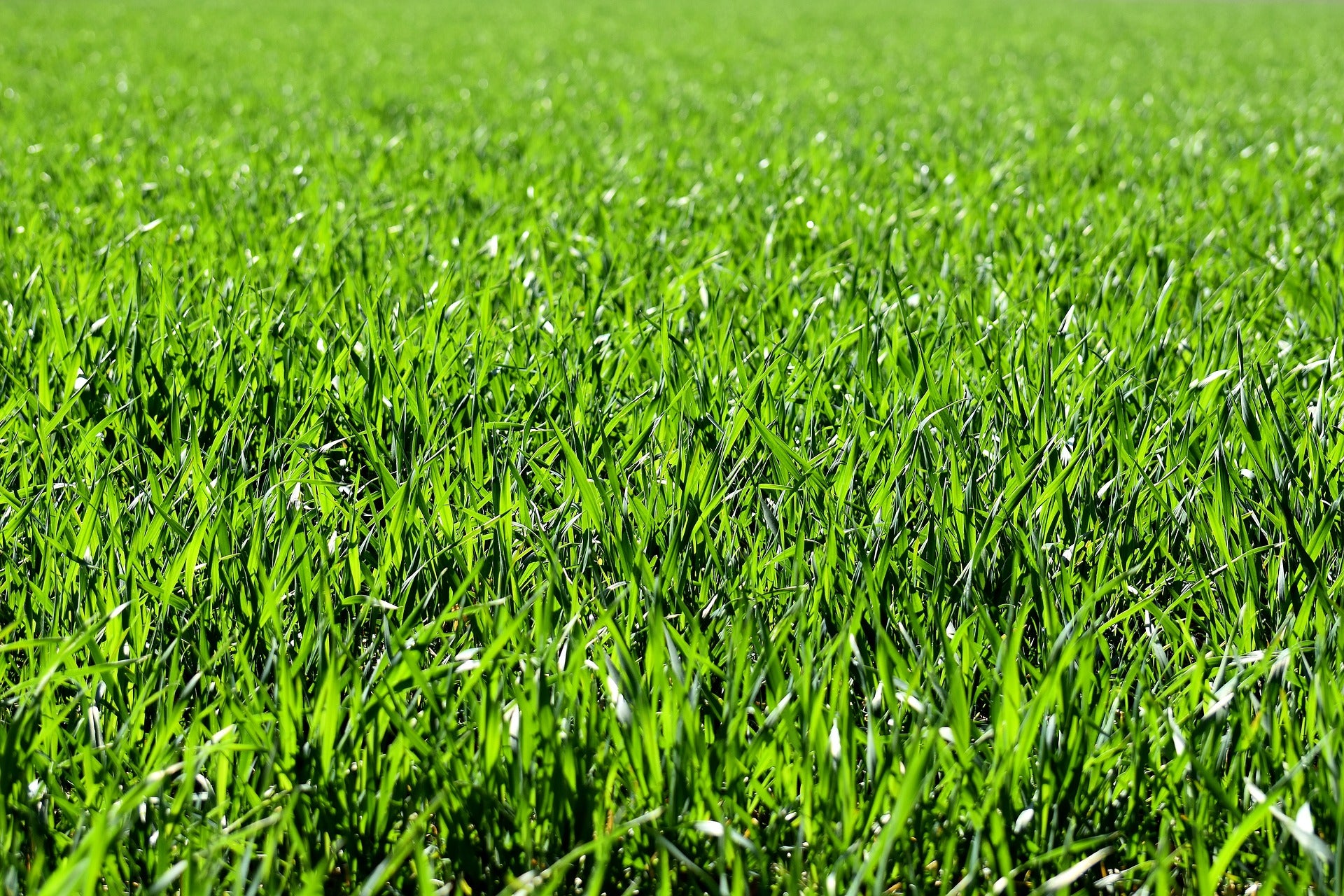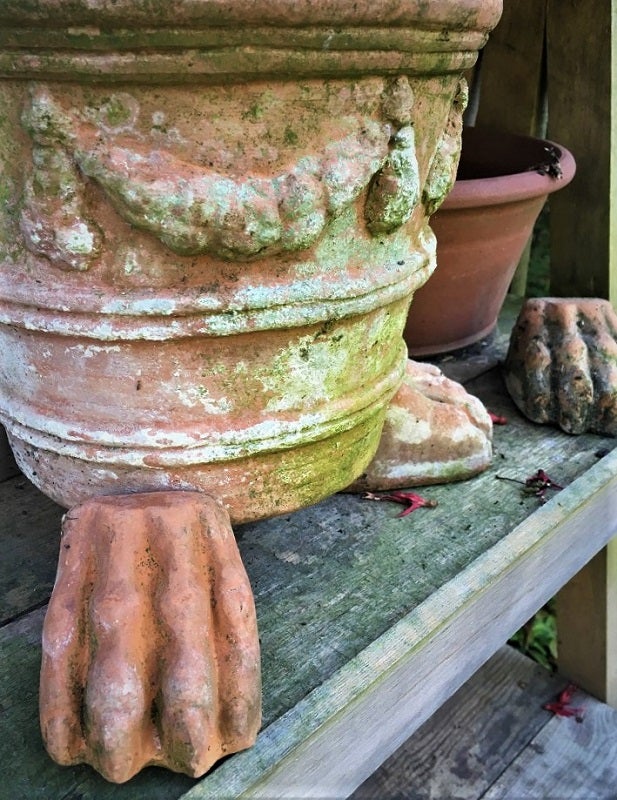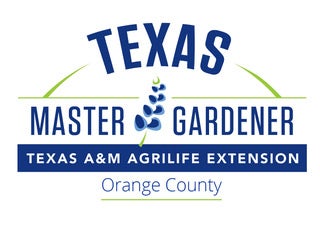Learning turfgrass and weed management
Published 4:47 pm Saturday, September 28, 2019
By Sheri Bethard
Orange County Master Gardeners Association
(Editor’s Note: This is part one of a two-part series)
Before we can talk about weed management, you need to understand there are three principal groups of weeds: annuals, biennials, and perennials. Each type of weed is treated differently in the way you manage or control it.
An annual weed starts as a seed and completes its life cycle in less than a year. They are sometimes the easiest to control but due to their abundance of seeds produced at the end of their life cycle, they can be persistent year after year. Annual weeds are further divided into summer and winter annual weeds.
Summer annual weeds germinate in the spring, thus growing during the summer, flower then seeds in the fall. The seeds remain dormant thru the winter until the following spring when they germinate starting the cycle over again. Summer annual weeds include cocklebur, morning glory, lambs quarters, common ragweed, crabgrass, pigweed, foxtail, and goosegrass.
Winter annual weeds germinate in the late summer, fall and even winter, maturing their plants to form seeds in the spring or early summer then dying. The seeds stay dormant during the heat of the summer as the high temperatures inhibit germination. These weeds include wild mustard, henbit, and sow thistle.
Biennial weeds live for more than one year but less than two years. Only a few weeds fall into this category: wild carrot, bull thistle, common mullein and burdock for example.
Perennial weeds live for two years or longer. They are further divided down by methods of reproduction known as simple or creeping.
Simple perennial weeds spread mostly by seed, but if cut their pieces may produce new plants. For example, if a dandelion or dock is cut in half each will produce new plants, thus two new weed plants. Other examples are buckhorn, plantain, broadleaf plantain, and pokeweed.
Creeping perennials reproduce by the roots creeping along the ground or below ground with rhizomes sometimes in addition to seeds. Some examples are red sorrel, perennial sow thistle, field bindweed, wild strawberry, mouse-ear chickweed, ground ivy, nutsedge (nutgrass), torpedo grass, smilax, Virginia buttonweed, and quack grass.
Once your lawn has become infected, these are some of the hardest weeds to control. Many of these weeds have roots and rhizomes that go deep down into the soil, some a foot or more. Pulling the weed leaves roots and rhizomes in the soil, thus allowing the plant to regrow sometimes growing double or more of what you previously had.
First and foremost for controlling weeds is a good established Turfgrass lawn. Most all of us have St. Augustine grass in our yards here in Orange County, with Bermuda grass in some and Centipede in others. Like my yard, it is a mix of St. Augustine and Centipede. To maintain a good Turfgrass lawn you must be willing to spend time on it, as it will not take care of itself. Mowing is probably the most time-consuming activity you will spend on your lawn. When mowing your lawn, you should set your mower at a height where you are not cutting off more than one-third of the growth per cutting. The taller the grass, the deeper the root structure will be. Fertilize with a slow-release fertilizer, which will make for a nicer looking lawn. A note here, Centipede does not like a weed and feed fertilizers. Use a straight fertilizer mix. Let your clippings return as thatch unless they are smothering the turf and most important, make sure your blades are SHARP!
Watering is an important practice in keeping a good turf root system growing. Deep watering in dry times is more efficient than short shallow watering. Water to the point of almost runoff and when the wind is calm.
Since there is so much to cover, I have split this into two sections, next week will be on herbicides and the weeds they control and kill. For any article previously printed in the newspaper, you can visit our Facebook page Orange County (Texas) Master Gardeners and click on Files or visit our website at HTTPS://TXMG.ORG/ORANGE. Select RESOURCES > NEWS ARTICLES. Then in either location, you can select the article you are interested in reading.
If at any time you need a horticulture question answered, call our HOTLINE at 409 745-9708 Tuesday and Thursdays between 10 a.m. and 2 p.m. or leave a message. You can send a question by clicking on Contact on our website and someone will get back with you.






